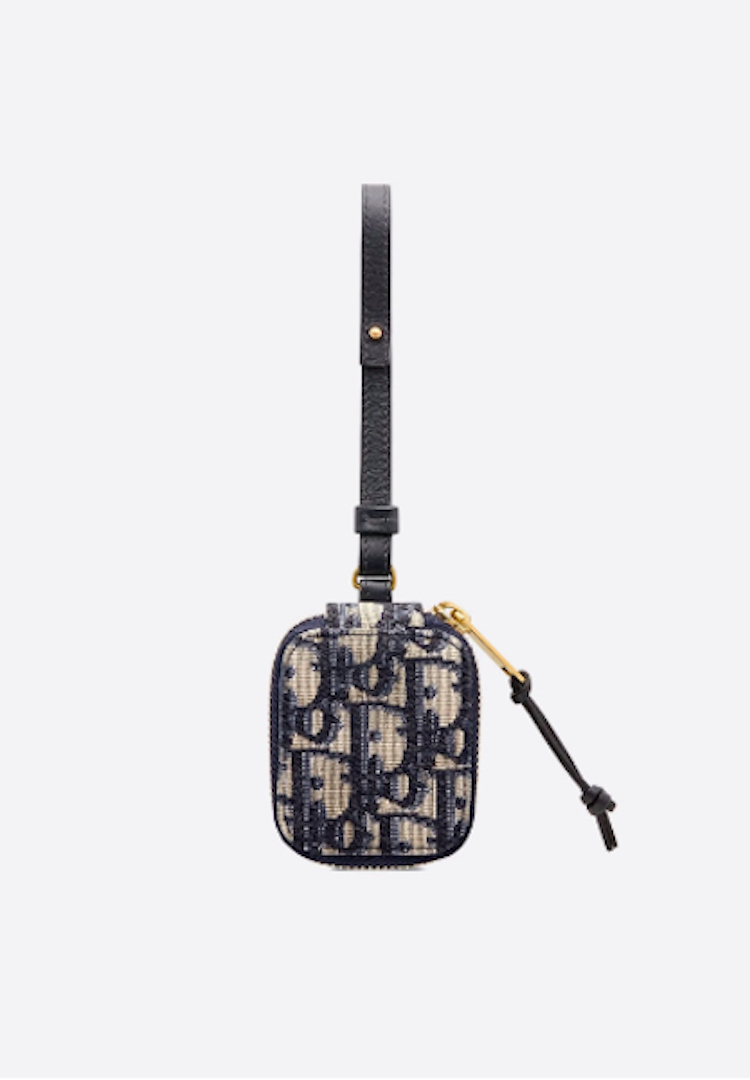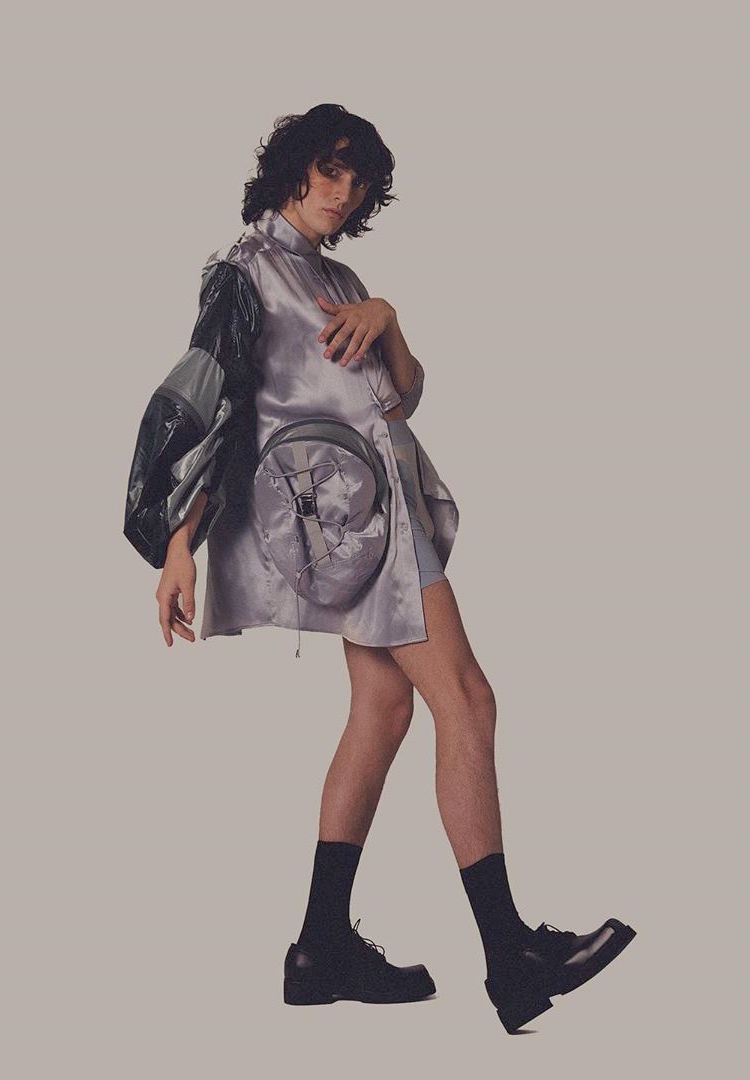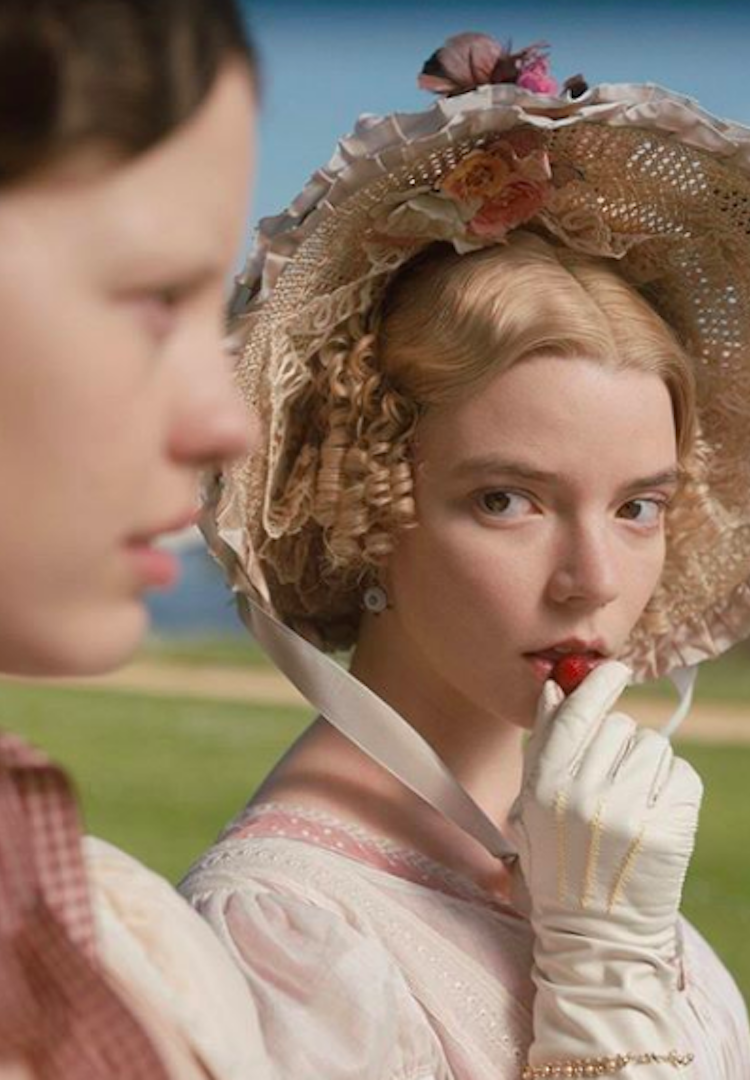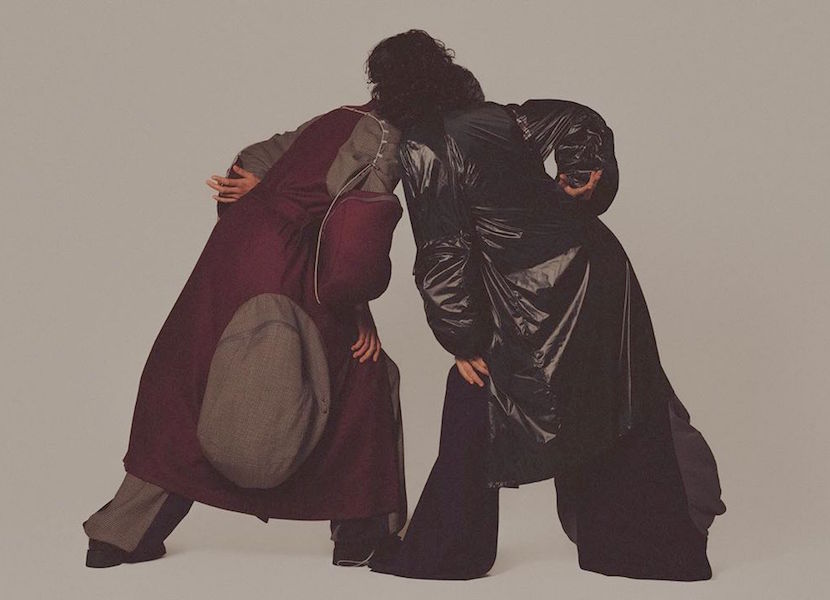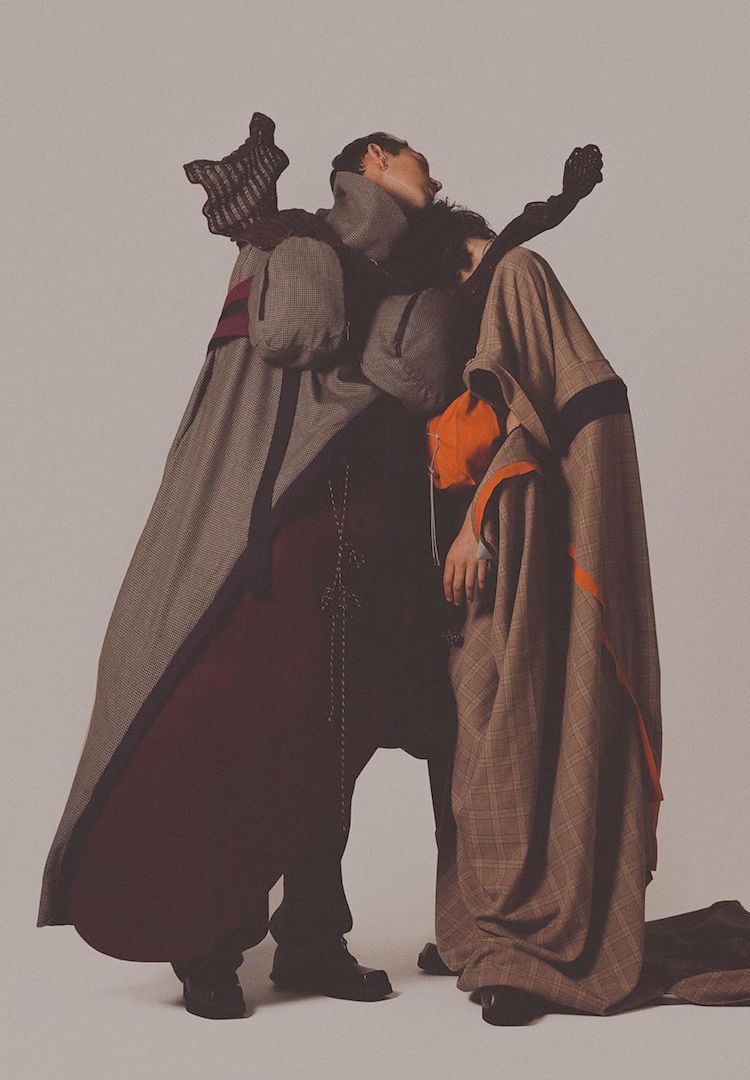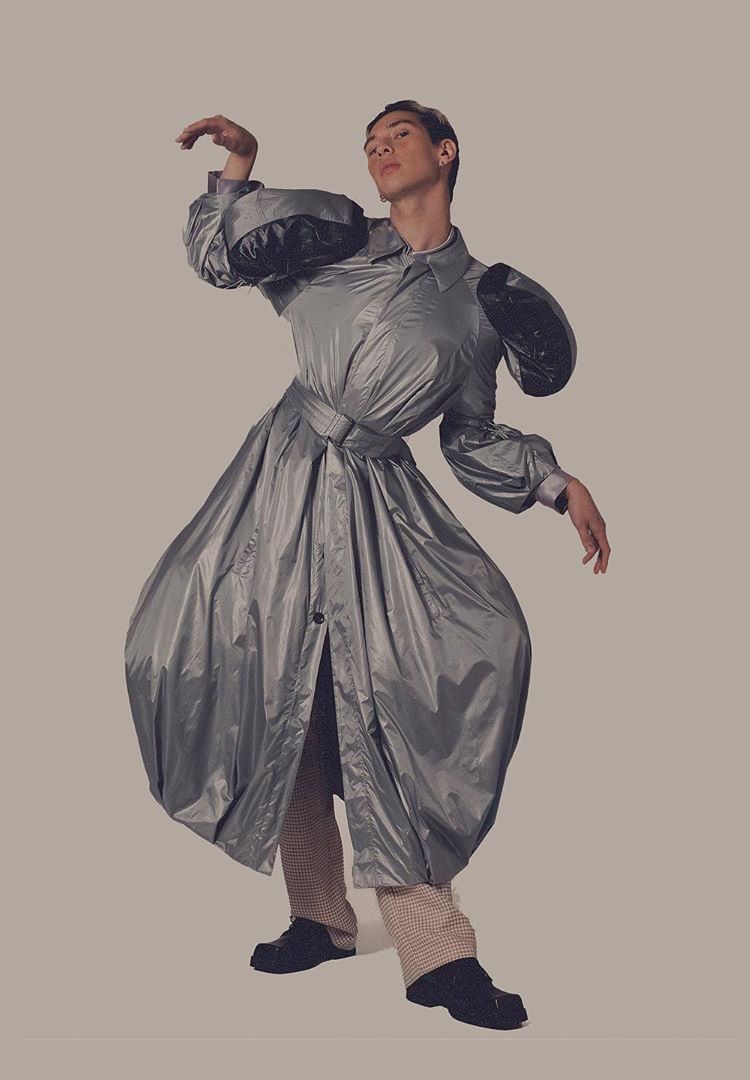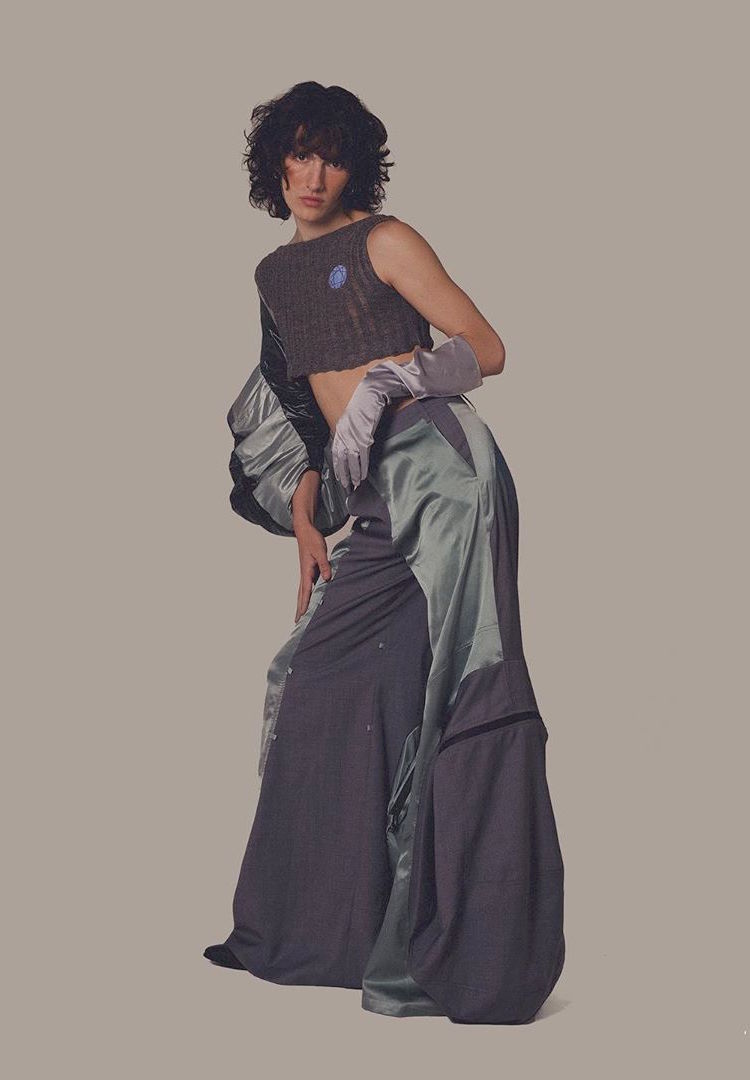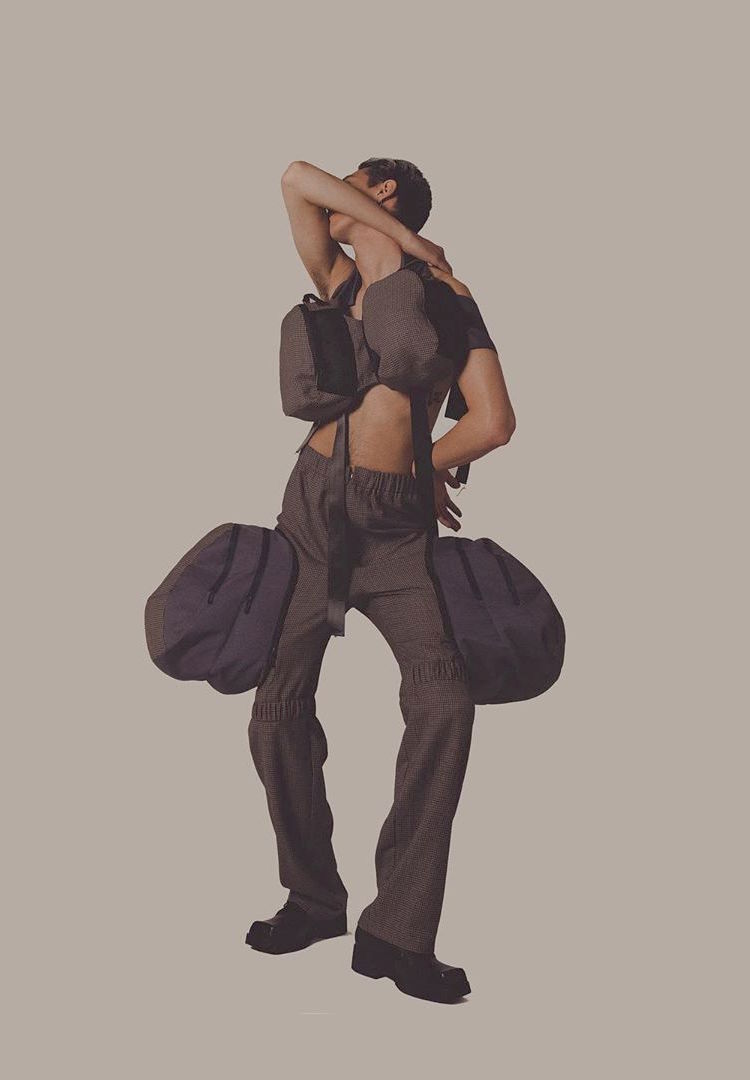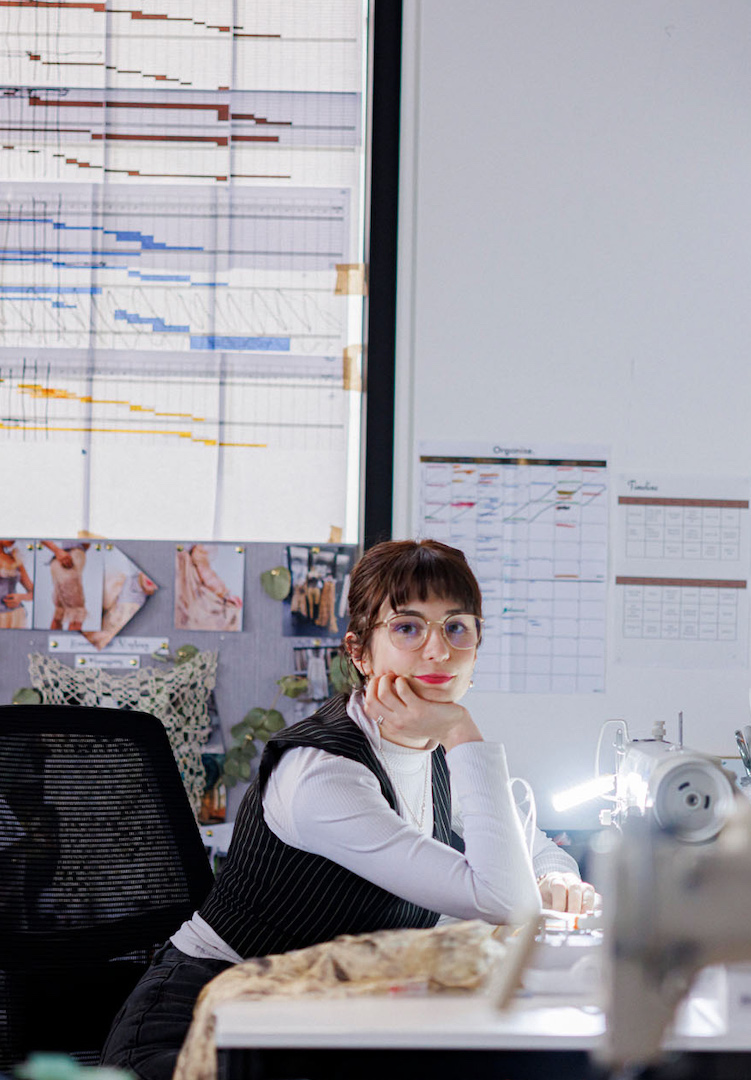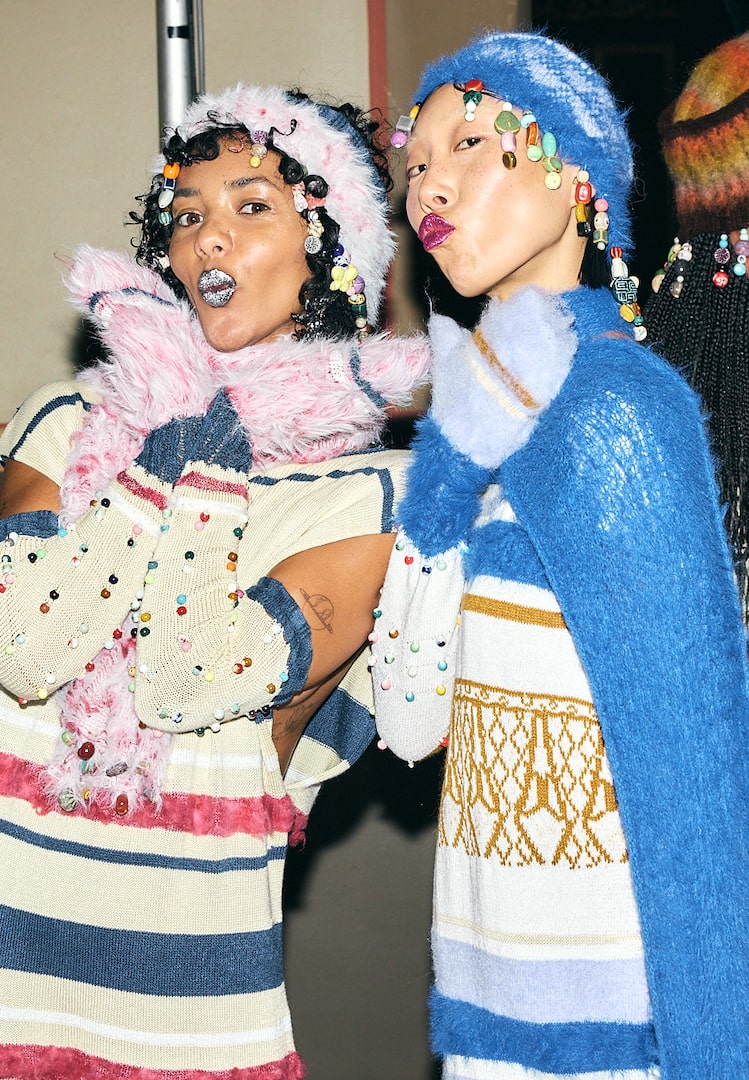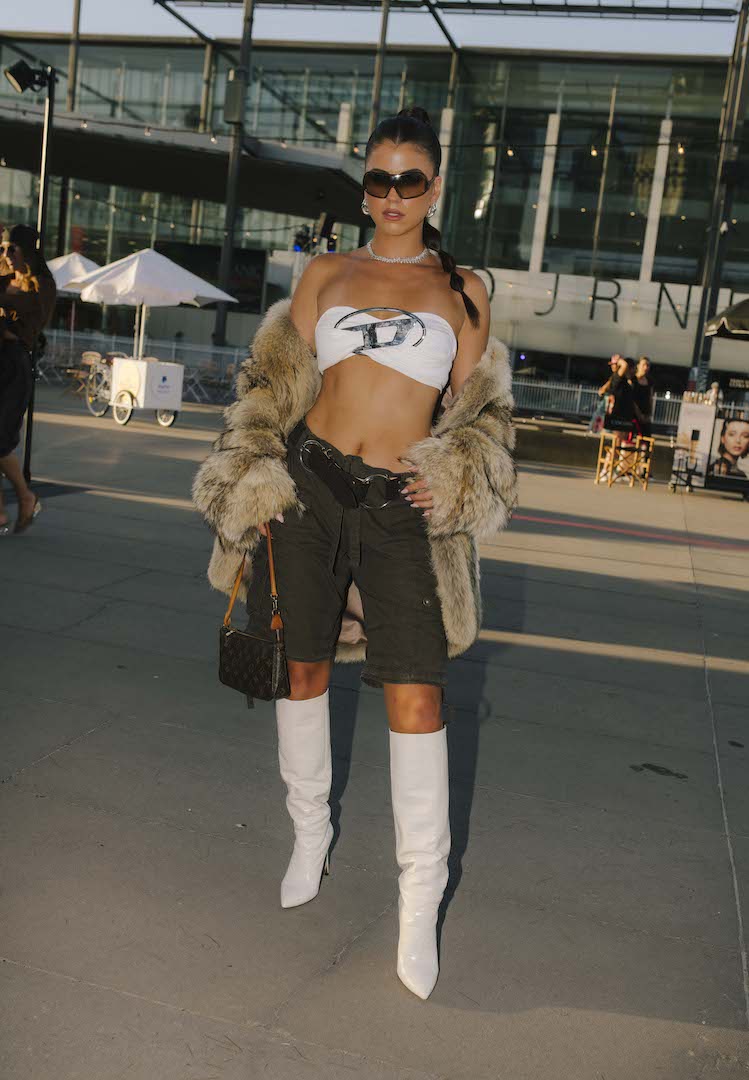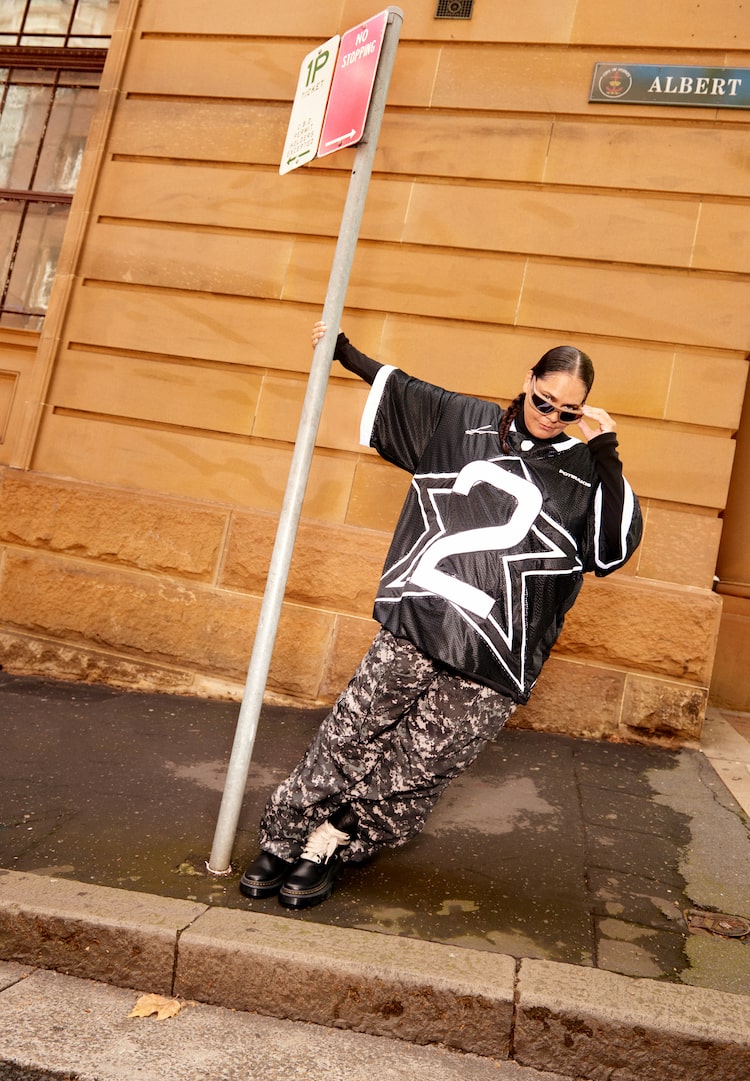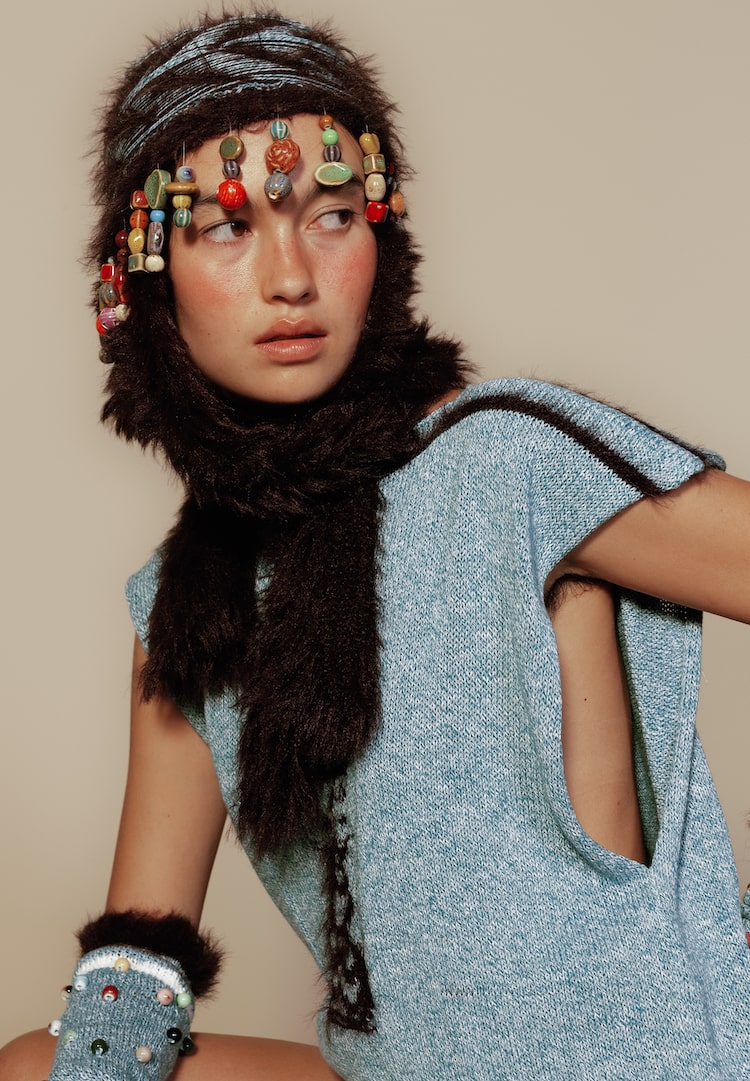Jake Liu’s graduate collection addresses the stigma that people with disability face
Welcome to the Holy Mountain.
Once again, Fashion Journal is the supporting partner of Virgin Australia Melbourne Fashion Festival’s National Graduate Showcase.
The 12 finalists for 2020 have been announced, and they’ve given us an insight into the process behind the collections they’ll be showing.
Next up: Jake Liu and his graduate collection No, Everlasting Eternity.
Please introduce yourself to our readers.
After completing my Honours at the Manchester School of Art, my undergraduate collection XX.XY was selected for the semi-finals of the 2017 International Emerging Design Competition in Beijing. I have also gained experience with designers Ada Zanditon and David Koma in London and worked in show production and model casting for Shanghai Fashion Week. I also just finished my Master’s degree at RMIT University.
Tell us about your collection.
This collection presents functional unisex-wear that challenges traditional sportswear fabrications by using luxury fabrics like silk, fabric mixing, tailoring materials and innovative shape making. These shapes are inspired by unconventional bodies, activewear and the cult film The Holy Mountain.
When did you know you wanted to get into fashion design?
When I was a child, my dad always bought fashion magazines, and sometimes I would check the pictures even though I couldn’t read the words. And I often did sketches of wedding dresses on models when I had spare time, so I realised that was probably what I wanted to do and explore in university.
What were the major points of inspiration for your graduate collection?
I started my project by watching films, reading books and researching images. My project addresses the stigma bodies with disability and unconventional bodies face – people with tumours or lumps, as well as those that have different body types to the norm, are often excluded from job opportunities, looked down upon or treated unkindly. These bodies do not have the choice to look ‘normal’, therefore my fashion aims to disrupt what normal looks like. I also watched the film The Holy Mountain and looked at ’70s tailoring, costumes and activewear for inspiration.
What drew you to this specific film as a reference point?
The film talks about the diversity of religion, politics, race and bodies. While watching it, I tried to connect it with fashion, and I found that body and gender diversity was one of the interesting and catchy points for me. Connecting that to society now, it’s still very hard for a lot of people to accept body and gender diversity, so I wanted to use my collection to challenge beauty standards and try to incorporate ‘deformed’ bodies into fashion.
Why did you choose to create unisex clothing?
Today, global ideological movements calling for equality or challenging gender boundaries have been translated into fashion design. I believe if you like a garment and it fits the way you intended, you can just wear it and the gender shouldn’t come into it. As a designer, I try to make garments that are comfortable to wear, and the choice of only two styles of clothes – menswear and womenswear – isn’t enough. It doesn’t fully represent the world we inhabit. I make clothes that aren’t defined by gender and don’t chase a predetermined demographic but are just worn by people.
Tell us about the experience of putting together your graduate collection.
Reflecting back on one of the most satisfying experiences of my life is fulfilling because I achieved what I set out to accomplish in the beginning. The overall cohesion of the collection’s final pieces makes me confident that my vision fits within the luxury fashion landscape. I know within myself that I can fully step into the industry, show what I have to offer, gain knowledge from new experiences and continually self-develop.
What part does sustainability play in your design practice?
While doing my firsthand research, I realised that people wear heavy backpacks with their raincoats and shirts to work. I decided to add backpack details onto the garments, so people have one garment with multiple bags already on it. This saves their time, but also saves natural resources because there are less garments being manufactured. The fabrics that I used in the collection are 100 per cent wool or silk and I try not to use many polyester and plastic fabrics, so the fabrics are good quality and harm nature as little as possible. Because of these textiles and the quality construction of the garments, they can be worn for a very long time.
What’s next for you?
I am planning on doing a capsule collection continuing from this last project. I’m also looking for design jobs in Australia and overseas [and] seeing if there are opportunities out there for me.
Find more of Jake’s work here.

